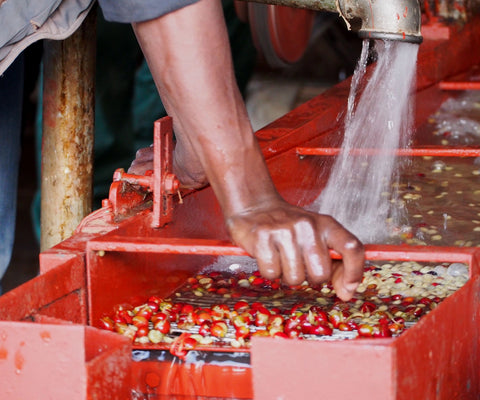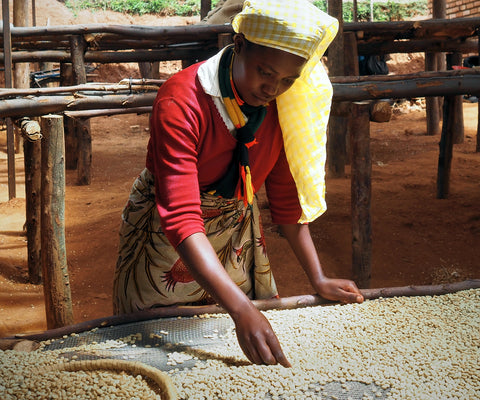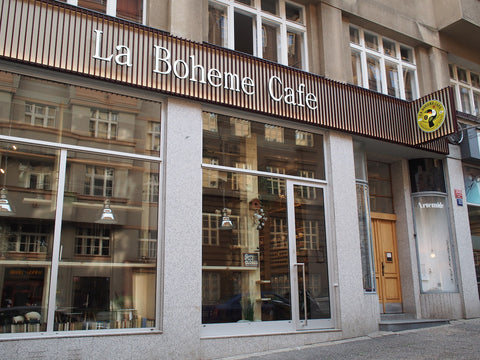The fleshy part of the berry is removed before drying. This is called the washing process or wet process – and the resulting product is known as washed/rinsed coffee. English washed.
Wet process starts with efficient sorting and removing low-quality berries. After harvesting, all the berries are put into water - the good and ripe ones fall to the bottom of the tank, while the bad and unripe ones (called " floaters" and " stinkers" ) remain on the surface and can be easily removed.
The whole stone is then pressed together with water between crushing plates in order to remove the upper part of the skin and part of the pulp. However, this operation does not completely remove the mucilage layer from the grain. The aforementioned layer can be removed either by fermenting the grains in containers followed by washing them in water, or by using machines that clean the grains mechanically.
Fermentation process is a very sensitive matter – if you leave the grains to ferment for too long, they acquire a nasty » fermented « taste; if you leave the grains to ferment for too short a time, there will be slime residue on them, which will also negatively affect the taste. However, fermentation, which took place correctly and for an optimal time, has a very positive effect on coffee.
After separation from residues and after washing, the coffee beans should be, in order to maintain their stability, dried – should contain only 10% water. Therefore, cleaned grains are dried in the sun on terraces or on drying tables until 12-13% of water remains in them. This is usually followed by machine drying, where the required 10% moisture is achieved. If there is a problem with the weather or with a lack of space for drying outside - the whole process can take place in the machine.
After drying, a thin parchment skin remains on the grains - an outer coating resembling thin paper. It is then easily removed peeling.
The resulting taste of coffee processed in this way is then very clean, with sparkling acidity, weak to medium body and are especially suitable for alternative methods of coffee preparation .





Comments (0)
There are no comments for this article. Be the first one to leave a message!